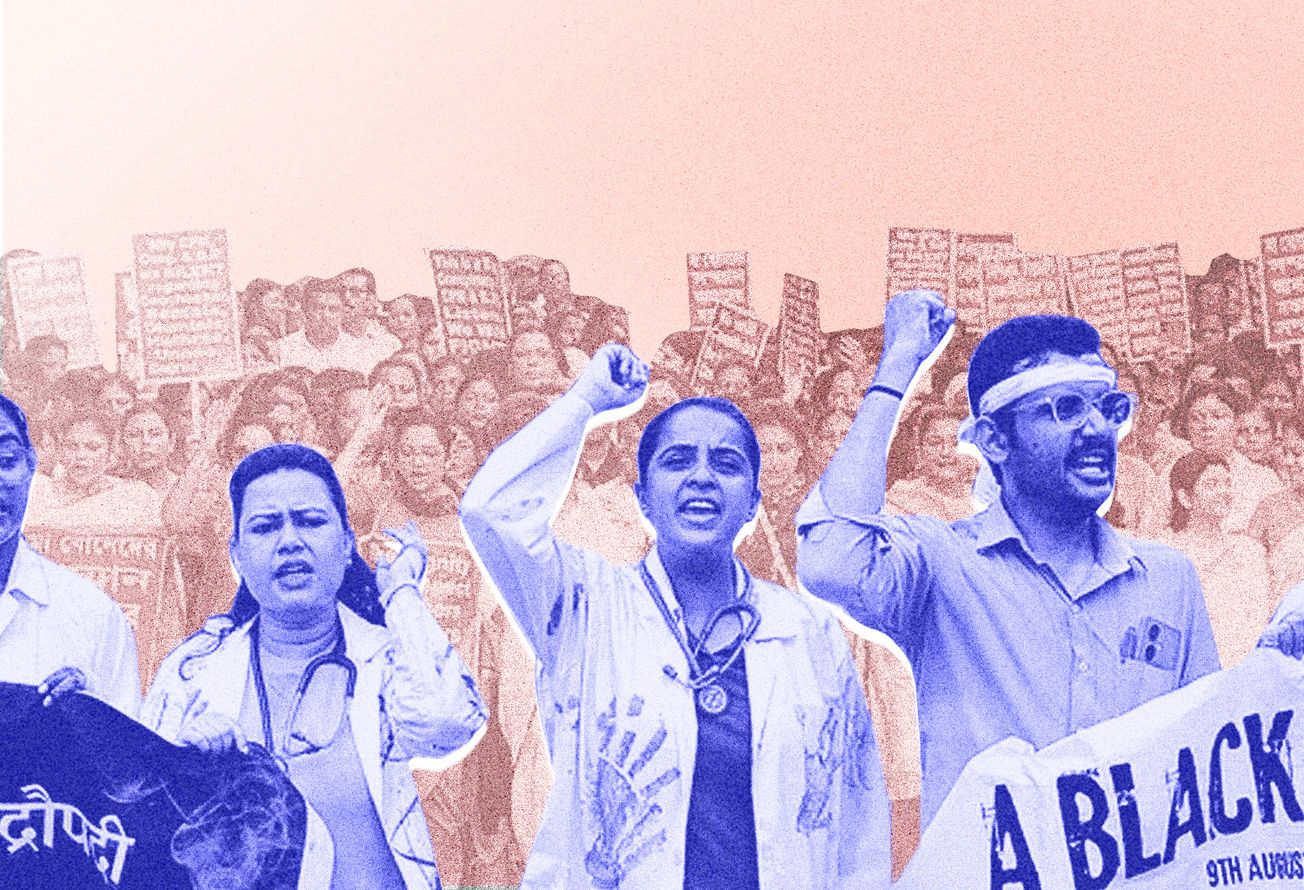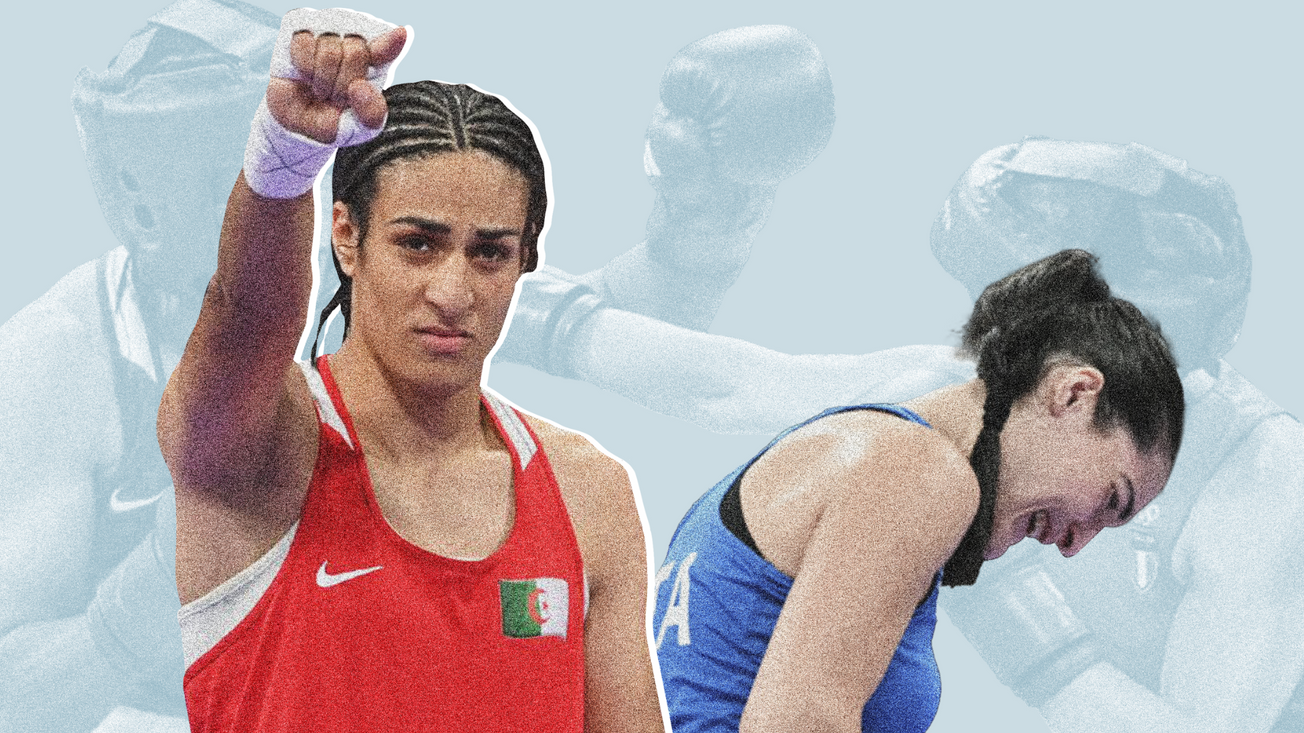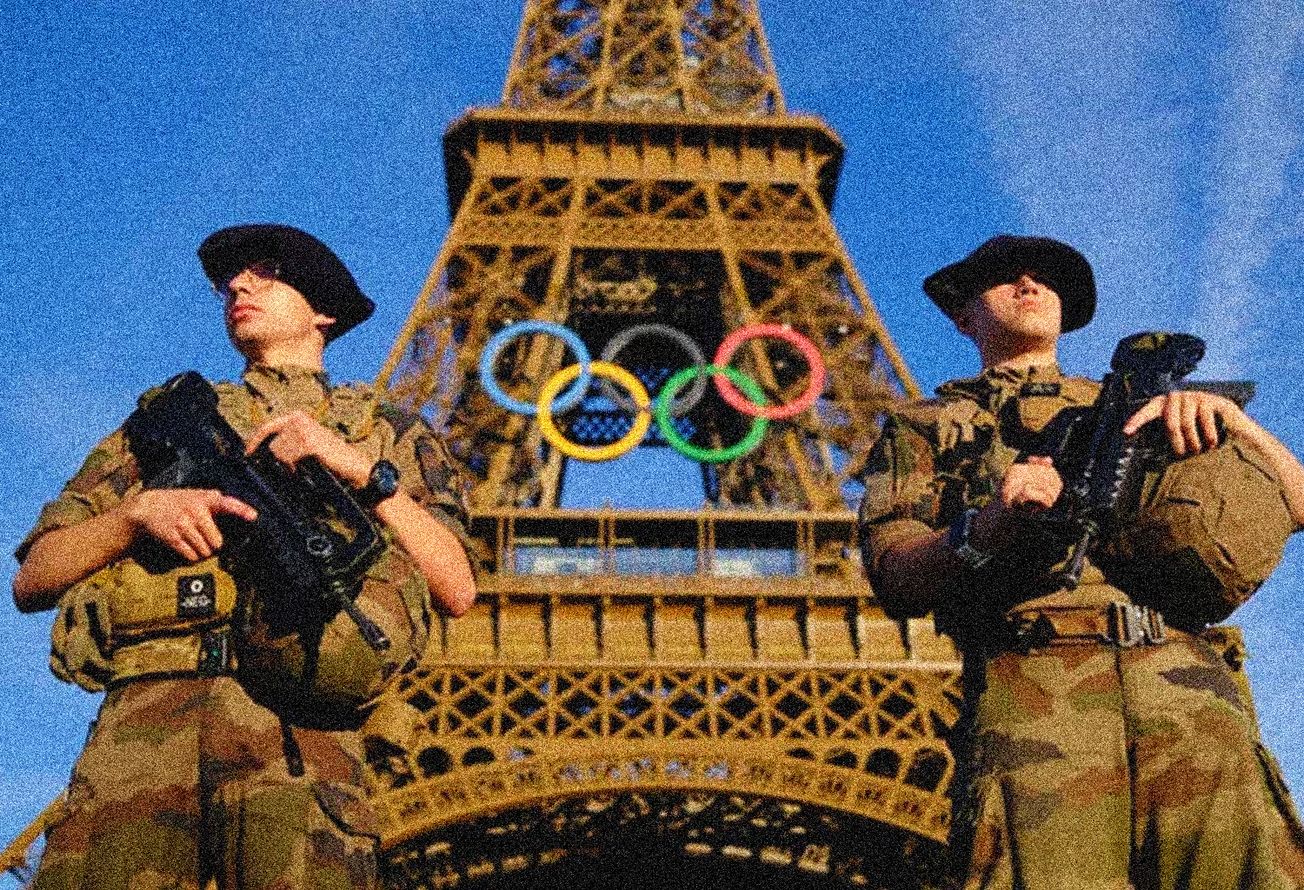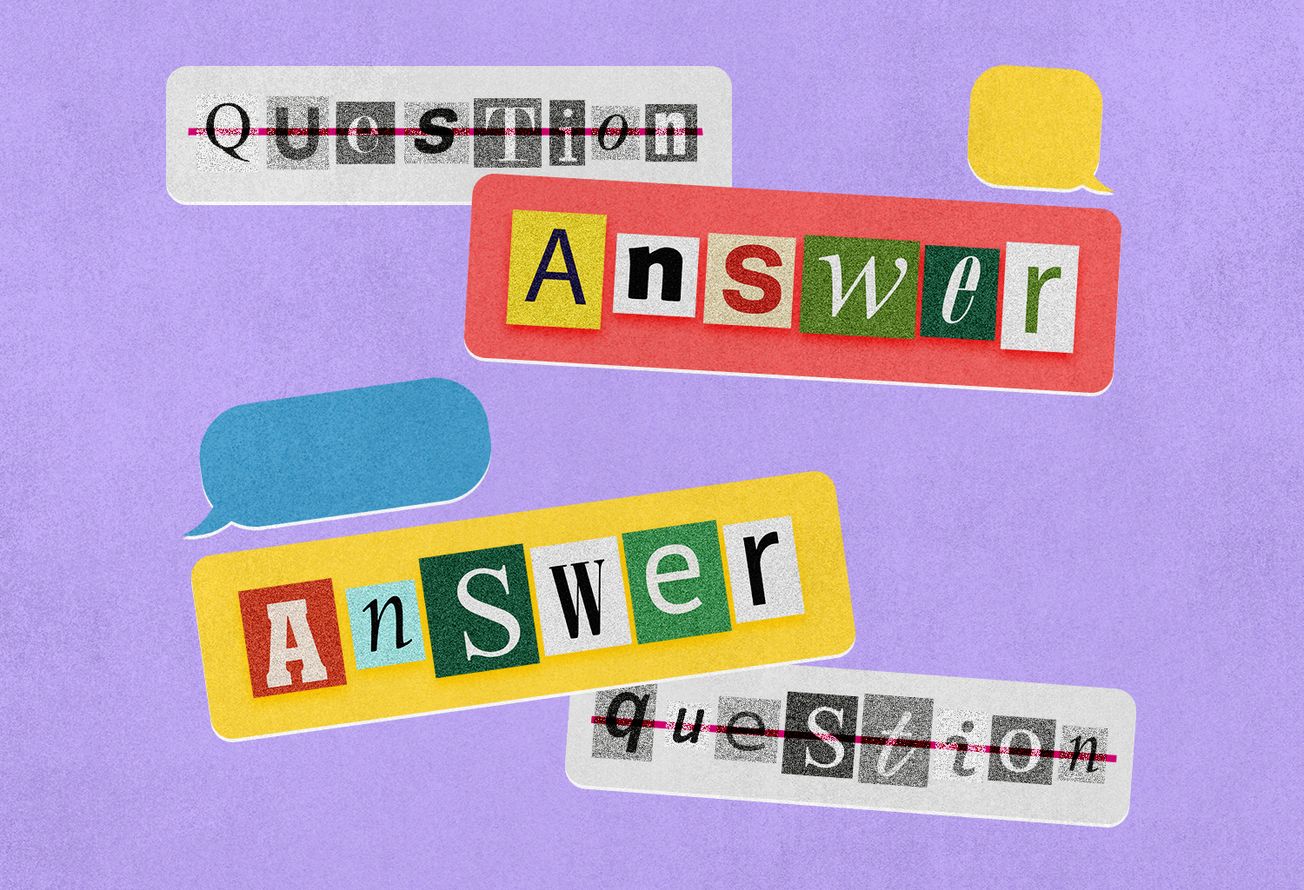To maintain cis-heteronormativity, popular cultural narratives, especially in the entertainment and sports industry, harm the trans community by ridiculing and appropriating transness. Since we are constantly being meted out unfair treatment, I would like to draw attention to trans identities and experiences—my own and that of my peers* who I spoke with—in the attempt to demonstrate how trans people themselves feel about the way we are represented in all public and private spheres. What was common to us all was the feeling of discontent and disconnect with the way trans people are portrayed everywhere. I hope those who create our portrayals care about authenticity and can open up to listening to what trans people themselves feel about these representations.
Trans representation in Indian cultural narratives mostly depicts trans women—mainly from Hijra, Kothi, Kinnar, and Aravani communities. However, we tend to forget that under the transgender umbrella, there are many other variations of gender identities that are not so “heavily gendered” i.e. leaning towards one particular gender. Apart from trans women and trans men, there are also non-binary, intersex, and gender-fluid individuals.
Even the word “transgender” connotes transition or “going from one gender to another”. But what about individuals who don’t feel their experience fits this notion of passage? Just because someone is masculine presenting or femme presenting doesn’t necessarily mean they identify with that particular gender identity. For trans people, each of our lived experiences are different and unique but similar in that we do not view everything with a cis-heteronormative lens.
In Indian cinema, we mostly see transgender people provide comic relief or portray evil or criminal characters. Films like Laxmii, Sadak, and Kanchana perpetuate stereotypical notions of evil, superstition, and overall threatening images of trans people. These dehumanizing depictions further distance the trans community from the actual lived experiences and complexities of trans identity. More often than not, these characters are played by cis men who are even applauded for playing such “difficult” characters. When we, trans folx, are contrasted with the mainstream binary identities, we are shown as sexual deviants, servants, beggars, poor, helpless, and unworthy of love and respect. Additionally, violence has become a necessary component in the showcasing of our lives. While it’s true that violence is a daily reality for many of us, it should still not be the only thing we ought to be associated with.
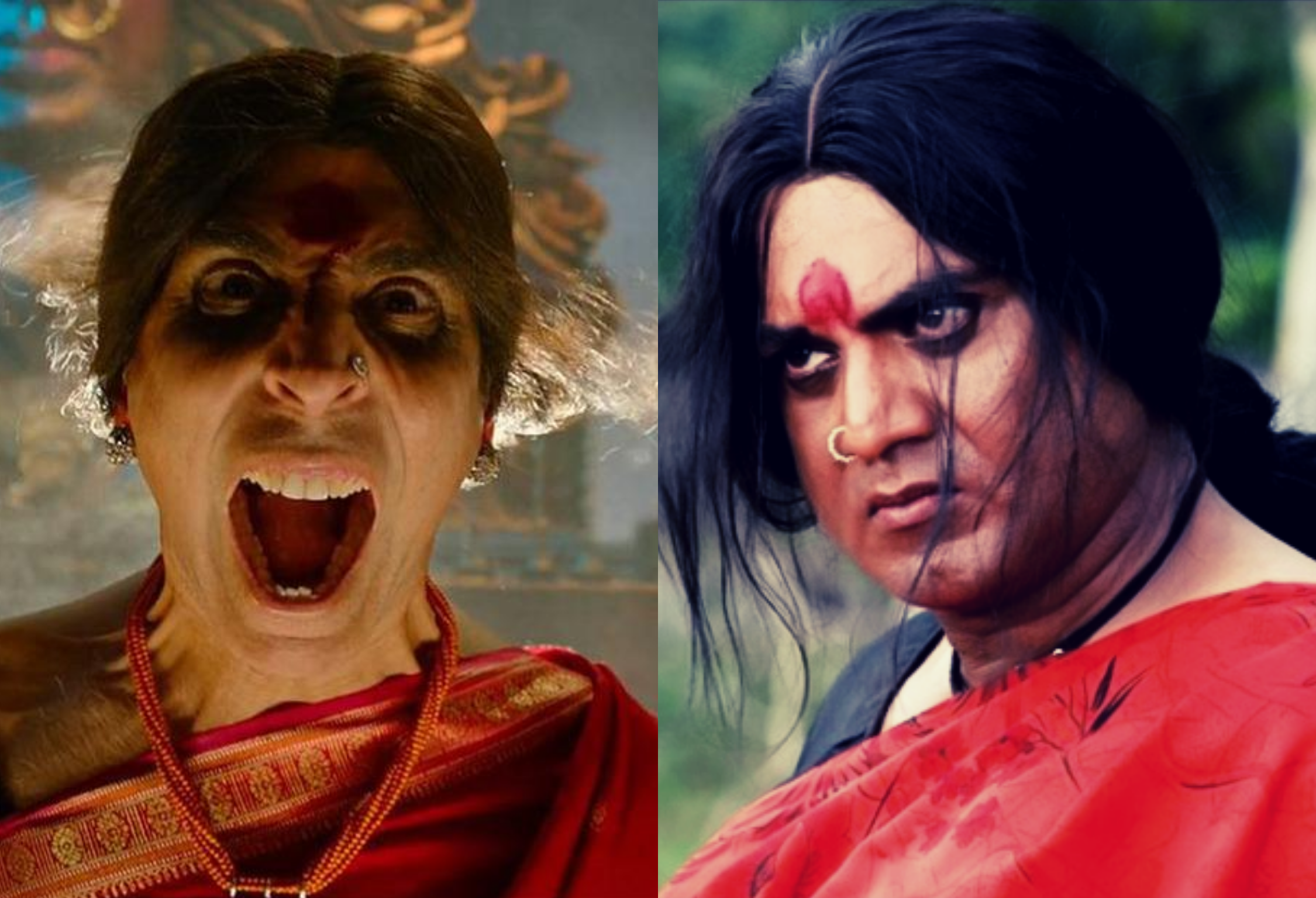
Sports culture is another realm in which trans representation is very problematic. At the global, national, and regional levels, almost all sports are male-dominated and categorised into the male-female binary. Just when more women in India are coming out on the field and spotlight, there is increased policing of their bodies. For instance, right after winning a silver medal in the 2006 Asian Games, Santhi Soundarajan, a Dalit female athlete from Tamil Nadu, faced gender discrimination and had to “prove” their gender. A discriminatory and humiliating sex or gender test was performed to determine whether Soundarajan was female enough to compete in the women’s category. The medical commission of the Athletics Federation of India concluded that Soundarajan does not have the sexual characteristics of a woman and therefore will not be able to continue competing. Soundarajan was asked to return the medal, leading to further humiliation.
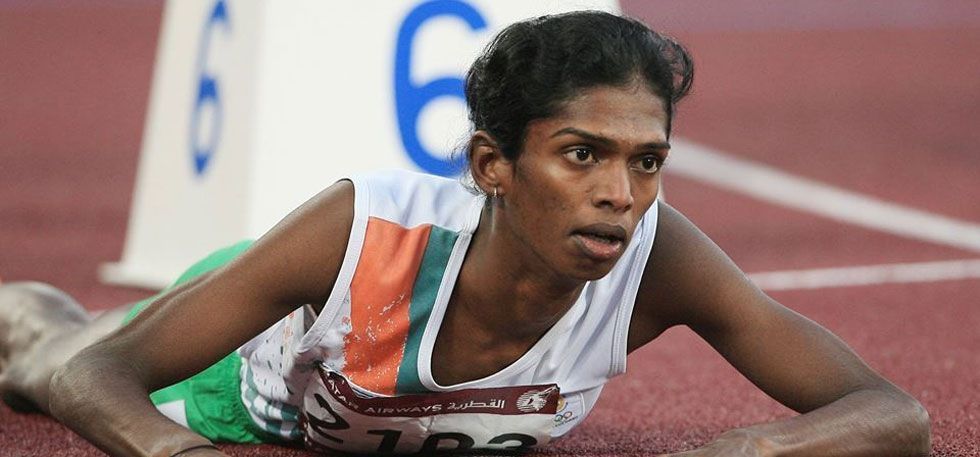
As researcher Tammy Rae Matthews points out, modern sport emerged in the late nineteenth and early twentieth centuries in Europe and its colonies as a male-supremacist venture intended to accentuate sex distinctions and socialize males into conventional masculinity. “This male-female division within sporting organizations strengthens the foundation of gender inequality by maintaining separate spheres as well as the supporting assumptions and myths of unfair advantages based on biological sex.” Women athletes like hockey player Vandana Katariya face both gender and caste discrimination. Caste supremacy viciously uses gender constructs to dehumanize Dalit women and trans people.
Hira, a 22-year-old student studying anthropology in Delhi who identifies as intersex:
“Till date, I have yet to come across anatomy textbooks that show and explain the biological sex variations, especially an intersex body. We are simply taught of the binary male or female and that there isn’t really anything in between. Or, if there is, then it is a rare case or anomaly, something “abnormal”. To think more than eight billion people are either born with only “male” or “female” sex organs is foolish thinking. It’s surprising that in India, a country where there is a heavy medicalisation of intersex bodies, has made it difficult to claim this identity—even my family does not know. And why should they? I was “lucky” enough that I did not go through any medical procedures, altering my body, but I can’t say the same for others in the intersex community. The current understanding is so limited, even I am still learning what it means to be intersex. I just wish people didn’t immediately think of my genitals and my biological make up as soon as I mention the word “intersex”. It is because of this reason I am uncomfortable sharing this identity with the public. I am hopeful (about) the emerging visibility where people who are intersex are coming out and building community.”
Chander, a 35-year-old ex-government employee from Bangalore, now working in the corporate sector:
“We hear so many trans women assigned male at birth as being the poster image of trans identity. Are those the only people trans people can relate to? What about individuals who are assigned female at birth (AFAB) and identify with the male identity? Where are those portraits in the media and news? The transman identity is so invisibilised that many of us are not even aware that we exist. Bullied around of “trying/wanting” to be a man, we are often ridiculed for trying to be something we are not, or could possibly ever be, just because of what sex organs we were born with. Not only that, it feels like we are betraying our “womanhood” by not being “feminine” and identifying this way. This creates a distance between us and cis femmes and cis men because we simply do not fit in these categories. For example, it was not too long ago when I used to go into spaces and there were all cis women, just their body language would change when I stepped into the room. Now, as more people are coming out with their different gender identity, there is less domination of cis-narratives.”
I, Sweta, am a twenty-seven-year-old non-binary trans person who is still grappling with the fluidity of my gender identity. Playing around with gender expression is probably something everyone does or considers when younger. As we grow up, however, gender roles, norms, biases, and stereotypes in mainstream culture start pushing us to “choose” a side: a masculine (male) or feminine (female) side. From the clothes we decide to wear to the way we style our hair; everything has a binary tag attached to it. The way we walk, the softness or deepness of our voice, the type of activities we partake in—everything soon becomes attached to arbitrary femininities or masculinities. So, what if I can’t “choose” or pick a “side”? Why should there be anything wrong with me for not adhering to the status quo and not giving in to cis-heteronormative standards?
Hiding trans traits and characteristics is an exhausting and traumatic task but often is the only way to survive in a hegemonic state where our existence is caricatured and threatened. Engaging with a wider range of trans narratives is a must for those who have the power to create trans portrayals in mainstream culture. The depiction of our identities needs to evolve to provide an ever-changing, accurate, and non-monolithic portrayal in mainstream Indian cultural narratives. The less we are forced to hide our desires and sexuality, the more we will be able to embrace our most authentic selves.
*Pseudonyms have been used to protect these individuals’ identities.







